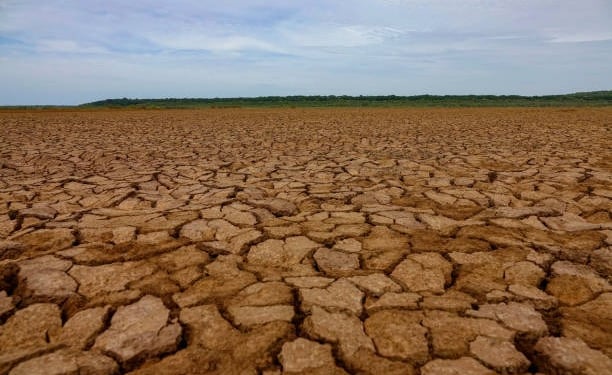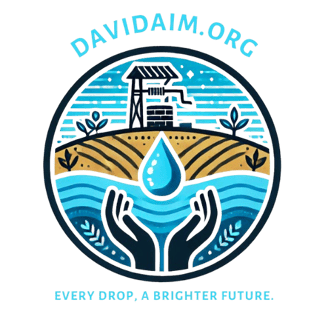The Connection Between Deforestation and Water Shortages
Explore The Connection Between Deforestation and Water Shortages. Learn how forest loss affects the water cycle and how to protect our planet's resources.
david aim
2/15/20251 min read


1. Disruption of the Water Cycle
Forests act as natural water regulators, absorbing rainwater and releasing moisture into the atmosphere through evapotranspiration. When trees are cut down, this process is disrupted, leading to reduced rainfall and drier conditions.
2. Decreased Groundwater Recharge
Tree roots help water infiltrate into the soil, replenishing underground water reserves. Without forests, rainwater runs off quickly instead of soaking into the ground, leading to lower water tables and depleted groundwater sources.
3. Increased Soil Erosion and Water Contamination
Deforestation exposes soil to erosion, which reduces its ability to retain water. Additionally, eroded soil and sediments wash into rivers and lakes, contaminating water supplies and making it unsafe for consumption.
4. Higher Risk of Droughts
Regions experiencing rapid deforestation often face severe and prolonged droughts. With fewer trees to release moisture, rainfall patterns become irregular, exacerbating dry spells and making water shortages more frequent.
5. Impact on Local Communities and Agriculture
Many communities, particularly in rural areas, depend on forests for water sources. Deforestation leads to reduced access to fresh water for drinking, farming, and daily needs, threatening food security and livelihoods.
6. Loss of Biodiversity and Ecosystem Balance
Forests are home to diverse plant and animal species that contribute to the water cycle. Their destruction not only threatens biodiversity but also disrupts ecosystem services that maintain water resources.
Solutions to Prevent Water Shortages from Deforestation
Reforestation and Afforestation: Planting trees helps restore water cycles and increase water retention.
Sustainable Land Management: Preventing illegal logging and promoting responsible land use can reduce deforestation’s impact.
Watershed Protection Programs: Protecting key forested areas that serve as water sources ensures long-term water availability.
Community Awareness and Action: Educating people about the link between forests and water scarcity can drive conservation efforts.
Conclusion
Deforestation and water shortages are inseparably linked, making forest conservation crucial for sustainable water access. Governments, organizations, and individuals must take urgent steps to preserve forests and restore ecosystems to safeguard water resources for future generations.


